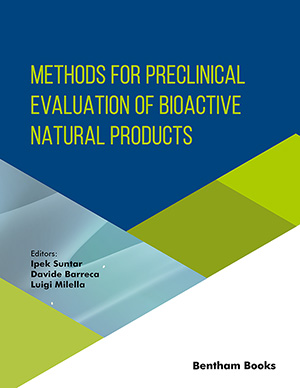Abstract
Gram-negative bacteria contain lipopolysaccharides (LPS), which are generally considered to be an endotoxin that has negative impacts on humans. There have been very few therapeutic drugs developed that contain LPS. Recently, it has been reported that hygienic improvements have decreased exposure to LPS, and this is correlated with an increase in allergenic diseases. Lack of exposure to LPS may adversely affect the immune balance in the body. LPS is the substance that has the greatest known effect in activating macrophages which play a central role in the innate immune system. We have hypothesized the existence of a network formed by tissue macrophages and have termed this putative communications network a macrophage network. We studied certain edible Gram-negative bacteria that have a long history of use in traditional food production, in order to discover ways to improve and/or maintain health. In 1991 we discovered that the LPS of Pantoea agglomerans (named IP-PA1 by us) was a macrophage-activating substance that could be obtained from water extracts of wheat flour. LPS is also part of the make-up of cells of other well known Gram-negative bacteria used in food processing such as Acetobacter (vinegar, yogurt) and Xanthomonas (xanthan gum). This demonstrates that humans have a long history of consuming Gram-negative bacteria and LPS. In this manuscript, we discuss the potential for utilizing IP-PA1 and other LPS from edible Gram-negative bacteria. Forms of LPS can be used in various fields, such as in health food, to prevent and improve metabolic syndromes and allergies. They can also be used in feedstuffs for stockbreeding and in aquatic culture as defenses against infection where they can replace antibiotics or chemical substances.
Keywords: Innate immunity, LPS, macrophage network, TLR4, hygienic hypothesis, IP-PA1




























